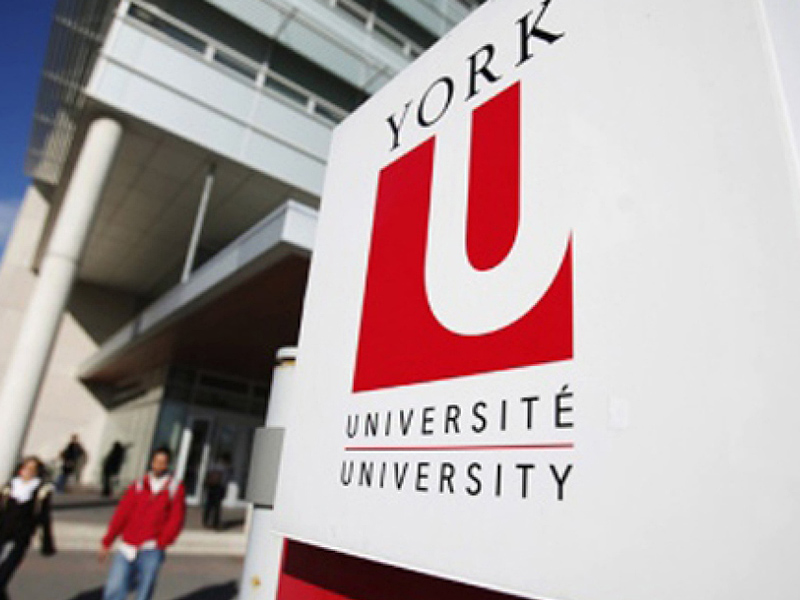“Horror and art. Can they coexist?” That was a question that Aharon Appelfeld posed again and again in his essays, and that he grappled with in each of his novels. His many works of fiction – intensely written gems – emanated, often obliquely, from his childhood experience eluding the Nazi genocide.
Almost 18 years ago, Appelfeld spent several weeks on campus at York University in Toronto as a writer-in-residence. During that intensive visit, he taught and mentored students in Jewish studies, literature, and creative writing. He met with faculty, and offered public talks in English and Hebrew. Although he had earlier showed kindness to me as a graduate student – a generosity of spirit he was known for among emergent literature students and professors – it was not until that Spring term of 2000 – my first year teaching at York – that I came to know Aharon not only as a mentor but as a friend.
Over the span of almost two decades, the friendship, which encompassed my husband and Aharon’s wife as well, developed and deepened over visits, lunches at his favourite restaurant, coffees at his favourite café, and phone conversations. Already at York, their shared sense of humour forged a bond between Aharon and my husband Jonathan. At the many receptions his visit entailed, Aharon would graciously mix with the people there, but eventually, his eyes would scan the crowd for Jonathan.
Aharon’s sense of humour would surface in the stories he told us. He liked to talk about his early jobs doing manual work in Israel. He recollected working as a young newcomer with a group of Moroccan Jews who first read his name on a work roster – aleph peh lamed peh lamed daled. Sounding out what was, for them, an unusual name – they dubbed him Aff-laff-lad and persisted in calling him that. He smiled broadly when he told the story. But, of course, his humorous recollection held the larger, prickly issue of names and identity – the potential gain, but also the cost, of remaking oneself, or being remade.
READ: ART EXHIBIT EVOKES MEMORY OF YIDDISH CREAMERY SIGN
When Appelfeld first began writing fiction, publishers were discouraging. It was an era during which Israeli literature was guided by a broad collective mission to shape the identity and ethos of a young country. An Israeli youth, he was admonished, would be better served by crafting a literature of the future, not of the past. And in any event, he was told, literature – the imagination – has no place in remembering the Holocaust: Keep literature out, let numbers speak, let the documents speak. Yet he persisted beyond those early discouragements, writing poems, stories, and novels, over time crafting a body of literary work that won him international recognition – and in a language that he did not begin to speak until he was 14, a young war refugee in British Mandatory Palestine.
In the last decades of his life, he developed a strong following of young Israelis, who understood that in writing about the past, he was also writing to the future. His writing began to be read not only as a portal to a difficult past, but as a opening to profound psychological truth. Writing from deep memory and imagination, his message to contemporary young readers was clear: without engaging with our memories, our experiences, our ordeals, we cannot know ourselves. Without laying ourselves open to memories that cause pain, even shame, we cannot be ourselves.
Time moves forward. The building in the centre of Jerusalem where Aharon’s favourite café was located – the café where he would sit, daily, at the same table and write, write, write – has been recently remodeled. The old café was shut down, and a new restaurant opened elsewhere in the building. But through his writing we are reminded that, although time may move ahead like an arrow, human time – time as we experience it – loops inside us in intricate shapes that makes us who we are.
